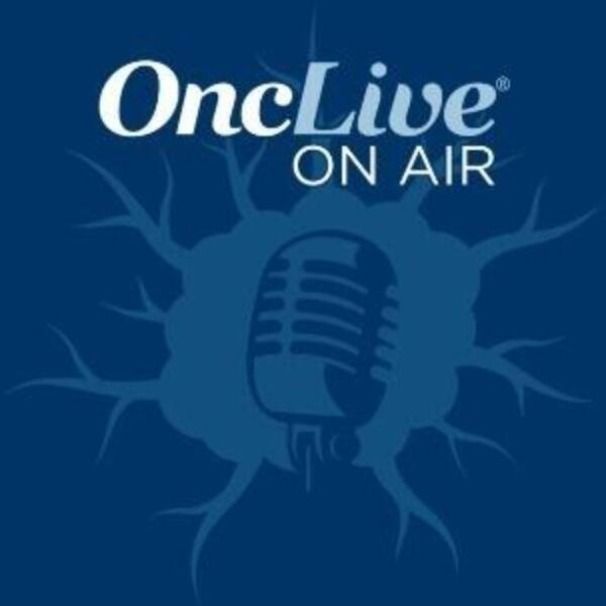Video
Selecting from CAR T-Cell Therapies in DLBCL
Transcript:
Stephen J. Schuster, MD: Axi-cel (Yescarta) is the first CAR T cell product that was approved for the treatment of diffuse large B-cell lymphoma in November of 2017. Most of my experience has been with what is now called Kymriah (tisagenlecleucel). It started out 5 years ago as CTL019, and then became tisagenlecleucel, and now it is called Kymriah.
I only started to use Yescarta outside of clinical research and on a commercial basis, so I have limited experience. The efficacy seems to be similar to Kymriah, which I have a large experience with. It’s pretty satisfying to think that the CAR T-cell approach is consistently efficacious, regardless of which product you’re talking about. Either approach can offer patients, who have an unmet need with current therapies, a potential therapy that can lead to long-term remissions.
We have long-term follow-up for both Yescarta-treated patients and Kymriah-treated patients. I’m very optimistic that both products will fill this large space for a new therapy in patients who don’t respond to frontline immunochemotherapy for their large B-cell lymphoma.
Although we have 2 T-cell products that can lead to durable responses, the logistics are different, and these should be thought of as different drugs. For Yescarta, the CD28-driven CAR T cells from the patient have to be collected by apheresis and sent fresh to the manufacturer for production. Synchronization is needed for collection with the production lab so they can receive the product and immediately begin processing and producing.
In contrast, Kymriah, the 4-1BB—driven CAR T cell, allows us to collect T cells from a patient, or proliferative blood mononuclear cells from a patient, cryopreserve them, and then ship a frozen product to the production facility when it’s available to receive it. This offers a little more flexibility and, logistically, it’s easier because these patients are often unstable. They may be on therapy to stabilize their diseases, there may be a narrow window to collect cells, or there may not be a production facility ready to receive them. If you can collect the cells, freeze them, and continue the patient on whatever is keeping them stable, you can then send the frozen product for production. The logistics are easier from the standpoint that we can start out with a cryopreserved product when we use Kymriah. I suspect that this is historical, and I suspect there will be development of standard operating procedures for preserved cells used to generate the Yescarta product, but it’s not yet the procedure that’s followed.
Transcript Edited for Clarity








